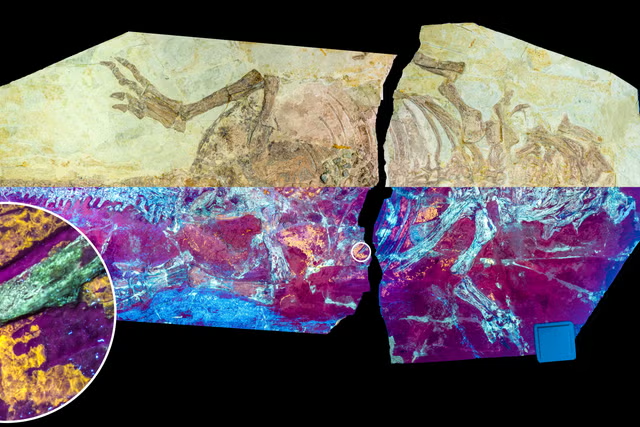Good news: scientists might have found a way to make chocolate a bit healthier, a new study reports.
Chocolate is made from the cocoa fruit by extracting cocoa mass and cocoa butter but there are actually many ingredients in the cocoa fruit that go unused.
Researchers at Swiss university ETH Zurich set out to learn more about how they could fully utilize the fruit's valuable ingredients and how chocolate could become healthier in the process. To do this, the researchers worked alongside Swiss chocolate manufacturer Felchlin to develop a brand new recipe. Their findings are published in the journal Nature Food.
The chocolate that we all know and love uses just the beans of the cocoa fruit but the researchers wanted to know more about how they could use its flesh to make a new "cocoa-fruit chocolate" recipe. The main author of the study, Kim Mishra, likens the fruit to a honeydew melon.
"These fruits have similar structures," she said in a statement. "Both have a hard outer shell that reveals the flesh of the fruit when cut open, as well as the cocoa beans or melon seeds and pulp in the interior."
Using more of the fruit part gives the finished product a higher amount of fiber, the study reported. It also means the chocolate has less saturated fat.
"Fiber is valuable from a physiological perspective because it naturally regulates intestinal activity and prevents blood sugar levels from rising too rapidly when consuming chocolate," Mishra said. "Saturated fat can also pose a health risk when too much is consumed. There's a relationship between increased consumption of saturated fats and increased risk of cardiovascular diseases."
To develop a new recipe, the researchers tried to process the cocoa bean with the pulp of the fruit to create a gel like substance. They found this to be very sweet, meaning it could replace the usual powdered sugar normally used in chocolate.
Developing a recipe, however, was no easy feat. The scientists found that too much fruit juice made the chocolate's consistency lumpy. But when less was added, there was not nearly enough sweetness. However, they discovered that the issue with clumping did not occur when they used powdered sugar.
Once the researchers had tried various recipes, they performed taste tests by giving 5 grams of chocolate of varying gel and powder consistencies to panelists from the Bern University of Applied Sciences.
"This allowed us to empirically determine the sweetness of our recipe as expressed in the equivalent amount of powdered sugar," Mishra said.
They found that the cocoa-fruit chocolate had a pleasant sensory experience similar to usual chocolate although more research is needed before it can be considered as a complete alternative.
"Although we've shown that our chocolate is attractive and has a comparable sensory experience to normal chocolate, the entire value creation chain will need to be adapted, starting with the cocoa farmers, who will require drying facilities," Mishra said. "Cocoa-fruit chocolate can only be produced and sold on a large scale by chocolate producers once enough powder is produced by food processing companies."
Do you have a tip on a science story that Newsweek should be covering? Do you have a question about this study? Let us know via science@newsweek.com.
Disclaimer: The copyright of this article belongs to the original author. Reposting this article is solely for the purpose of information dissemination and does not constitute any investment advice. If there is any infringement, please contact us immediately. We will make corrections or deletions as necessary. Thank you.



